In the realm of DIY electronics and crafting, soldering is an essential skill that enables hobbyists and professionals alike to create, repair, and innovate. However, as integral as soldering is to the process, it comes with an often overlooked but crucial aspect—solder fumes. These fumes comprise a mix of potentially harmful chemicals that can pose health risks if adequate precautions are not taken. Thus, ensuring a well-ventilated and safe soldering environment is of utmost importance. This is where the creation of a 12V solder fume extractor becomes a valuable project for any DIY enthusiast.
A solder fume extractor is a device specifically designed to absorb, filter, and remove dangerous smoke and particles from the air during soldering activities. The endeavor to construct a DIY version empowers individuals to customize the device to their specific needs, saving money and enhancing safety in their workspace. Here’s a step-by-step guide on how to master the construction of your own 12V solder fume extractor.
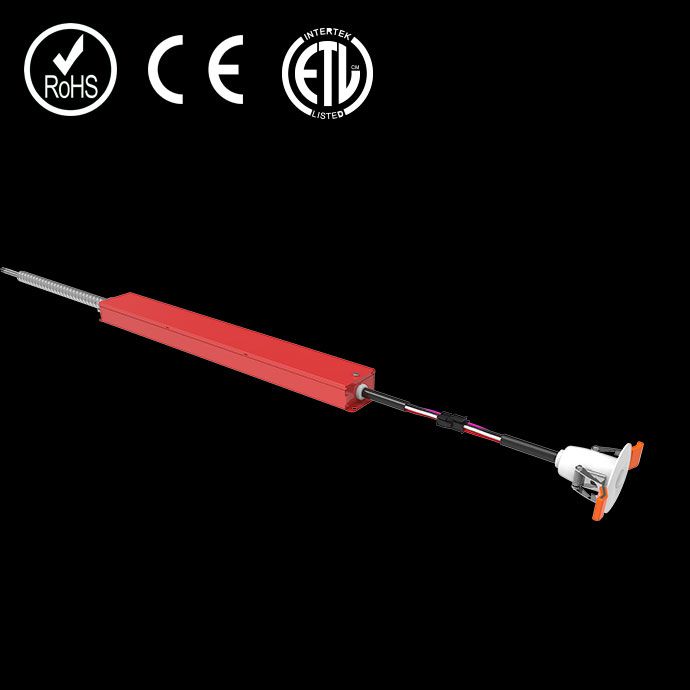
**Materials and Tools Required:**
To build an effective and efficient solder fume extractor, you'll need the following materials and tools:
- A 12V DC fan (computer fans work well due to their availability and suitable size).
- Carbon filter sheets (available in pet stores as aquarium filter media).
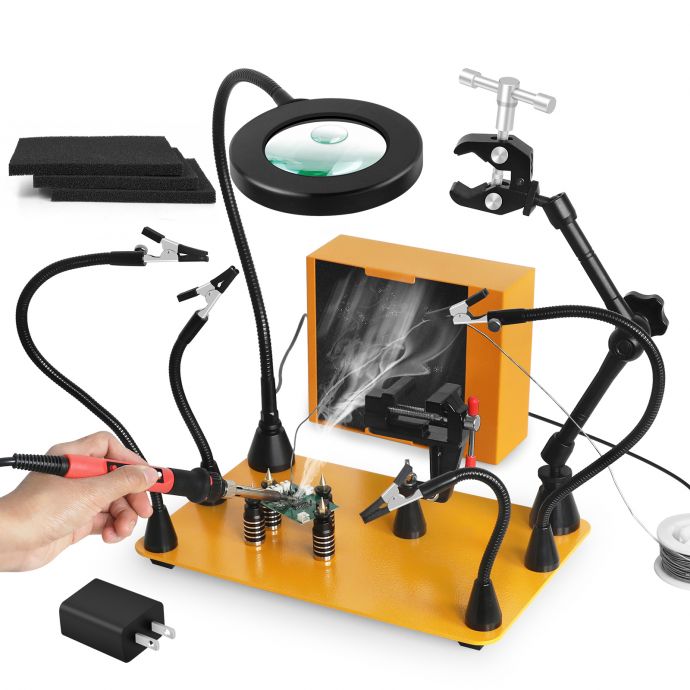
- A 12V DC power adapter or a battery pack.
- A switch (optional but useful for turning the device on and off).
- A suitable housing or casing to mount the fan and filter (could be a plastic container or a custom-built box).
- Basic soldering tools (soldering iron, solder wire).
- Wire strippers and cutters.
- Hot glue gun or screws (for securing components).

- Screwdriver set.
**Step-by-Step Construction:**
1. **Preparing the Housing:**
Choose a compact box or container that can comfortably hold the fan and filter. It should have enough space to allow airflow while not being too cumbersome for your workspace. Ideally, the container should have an open side or is easily cut to fit the fan.
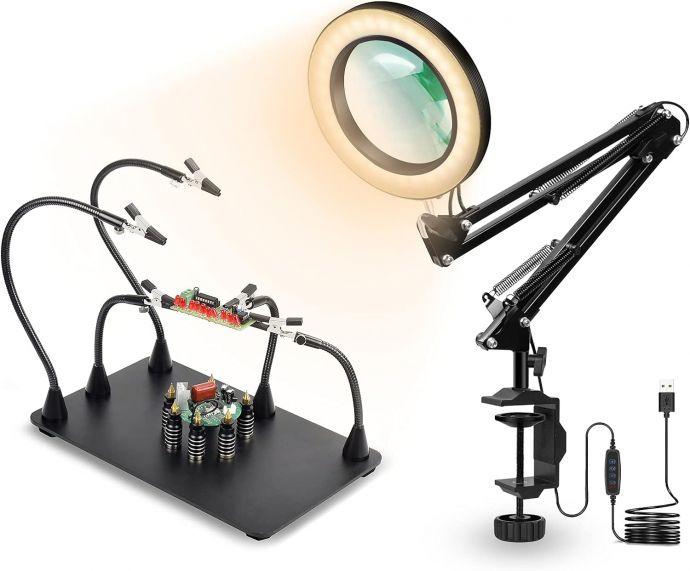
2. **Mounting the Fan:**
Position the 12V fan inside the housing, typically at the top or back, where it can efficiently draw in the solder fumes. Cut or drill holes for the fan to ensure a perfect fit. Secure the fan using screws or a hot glue gun. Make sure the airflow direction is such that it pulls air into the container.
3. **Attaching the Carbon Filter:**
Cut the carbon filter sheet to match the size of the fan. The filter should be placed directly in front of the fan, allowing the fan to draw air through it. Secure it using clips, tape, or screws. The carbon filter is vital for trapping harmful particulates and neutralizing the odors and chemicals in the fumes.
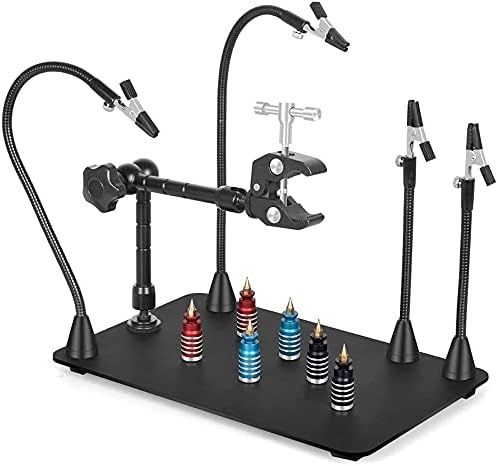
4. **Wiring the Components:**
Connect the fan to the power source. If you’re using a 12V power adapter, connect the wires from the fan’s motor to the adapter, ensuring proper polarity (positive to positive and negative to negative). If you prefer battery power, wire the fan to the battery pack. Install an optional switch between the power source and the fan for convenience.
5. **Final Assembly:**
Once all components are securely attached and wired, close up the housing. Ensure everything is snug, with no loose parts that could diminish the device's structural integrity or function.
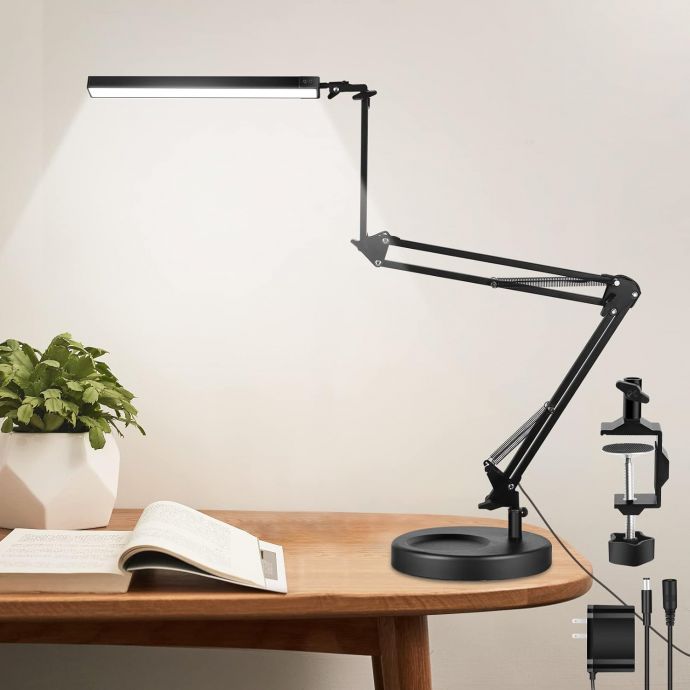
6. **Testing the Extractor:**
Before putting your new solder fume extractor to use, conduct a thorough test. Power it up and check to ensure the fan operates smoothly, drawing air through the carbon filter. Light a piece of incense or use a smoke-generating item to ascertain that the extractor draws in and filters the smoke effectively.
**Customizing Your Extractor:**
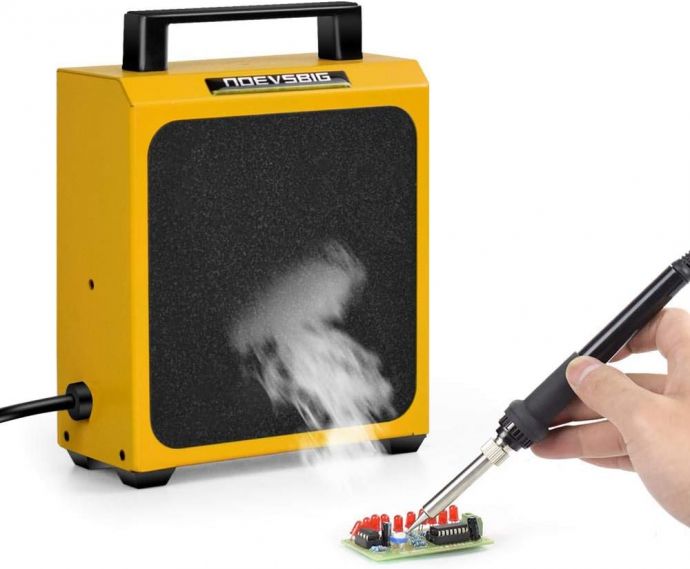
The beauty of a DIY project lies in its flexibility and customizability. Here are a few ideas to tailor your solder fume extractor:
- **Noise Reduction:** Consider adding sound dampening material around the housing to reduce noise from the fan.
- **Filter Enhancement:** For improved filtration, layer multiple carbon filters or combine with HEPA filters for more comprehensive purification.
- **Portability:** If you frequently change workstations, design the housing with a handle for easy transport.
- **Aesthetic Appeal:** Paint or decorate the housing to match your workspace's theme or for an added personal touch.
**Safety and Maintenance Tips:**
- Regularly replace the carbon filter sheets to maintain optimal performance. Generally, this should be every couple of months, depending on usage.
- Ensure the wiring is always intact and insulated to prevent electrical hazards.
- Position the extractor close enough to the soldering activity to capture most fumes but not so close as to obstruct your workspace.
- Keep the extractor clean from dust and debris to ensure long-term effectiveness and efficiency.
Building a 12V solder fume extractor not only saves money but also promotes a safer, healthier work environment. Mastering this DIY project not only enhances your workspace but also deepens your understanding and appreciation of the nuances involved in electronics and crafting. With each creation, the art of DIY becomes not only a technical exercise but a journey toward safer and more efficient innovation, celebrating your self-reliance and craftsmanship.









